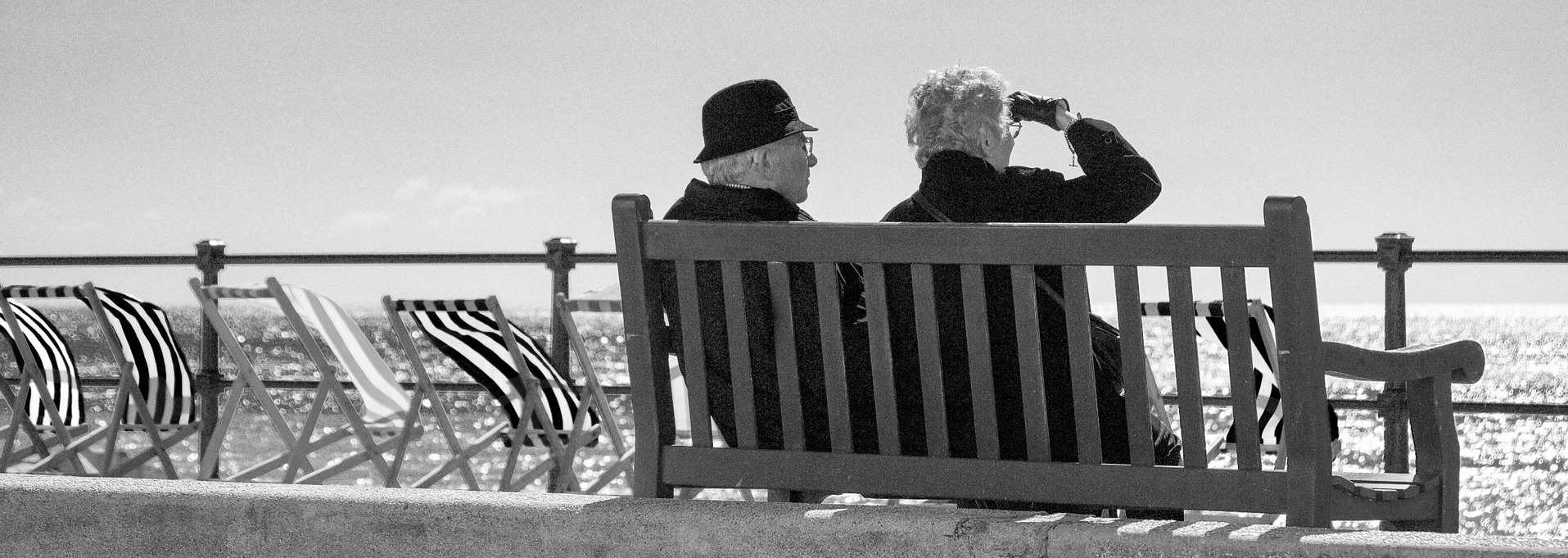A reverse mortgage is a way for a homeowner who is 62 or older to borrow against the home equity.
Reverse mortgages originated in the early 1980s to aid retirees by allowing them to access the equity of their homes without the monthly interest payments that a traditional home equity line would. The program has evolved so that more and more retirees can stay in their homes.
A homeowner can choose to receive the reverse mortgage proceeds as a line of credit, lump sum payout, monthly payments, or a combination of these. Unlike a traditional mortgage or home equity loan or home equity line of credit, the homeowner is not required to make any monthly mortgage payments.
The homeowner is still responsible for property taxes, maintenance, and insurance. As long as you meet those responsibilities, the loan balance is not due until the last remaining homeowner no longer uses the home as their primary residence, or the home is sold.
FAQs About Reverse Mortgages
When do you pay back a reverse mortgage? Reverse mortgage loans are paid back when the owners move out of their home or when they die.
How do you pay back a reverse mortgage? You pay it back with the sale of the home.
What companies offer reverse mortgages? A reverse mortgage lender is simply a lender that offers reverse mortgages.
Burke Mortgage can help you determine if a reverse mortgage is right for you. Call to discuss your current situation & plans to stay in your own home.
Burke Mortgage can help you determine if a reverse mortgage is right for you. Call to discuss your current situation & plans to stay in your own home.
Initially published 12/16/2016
